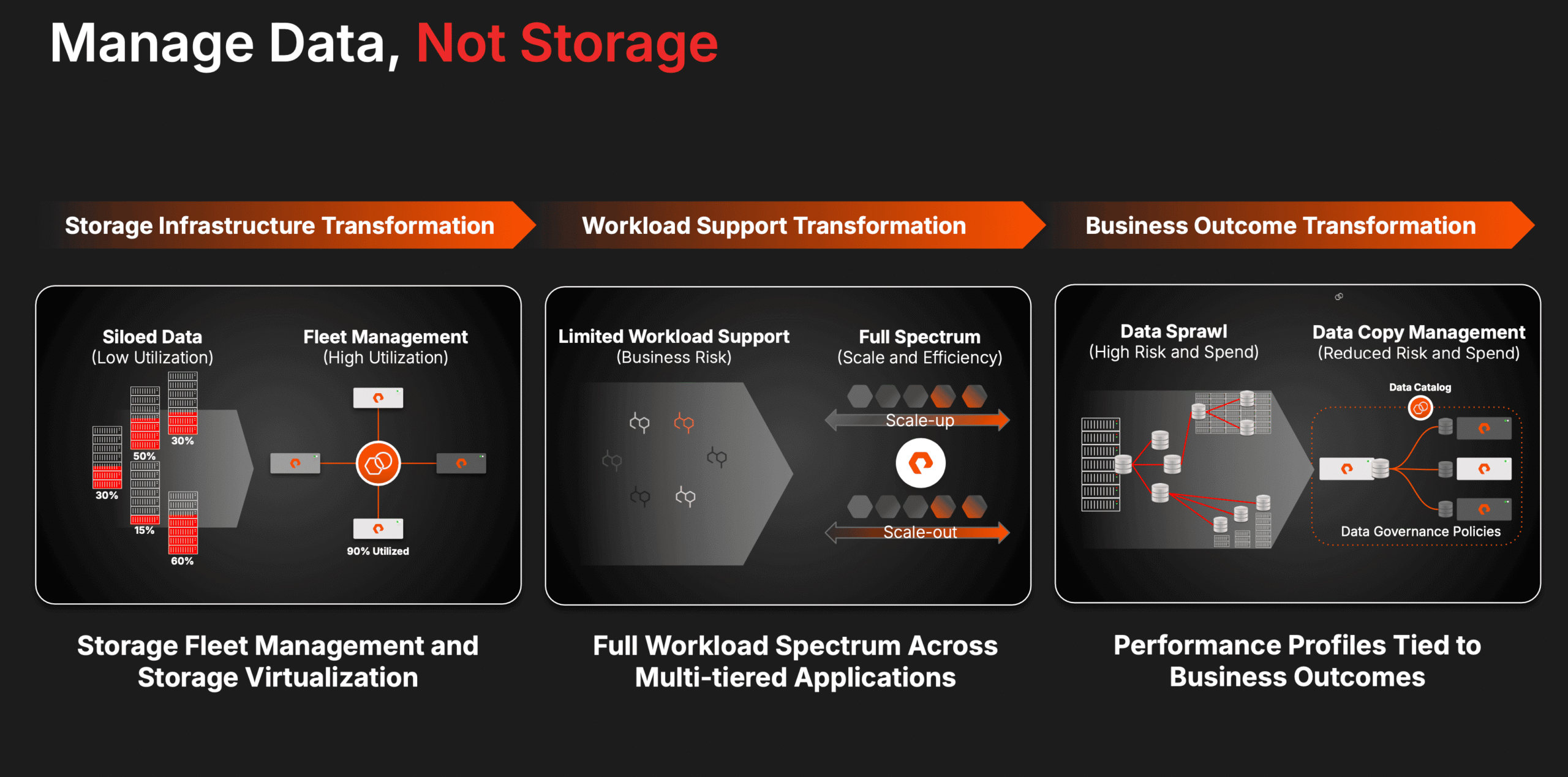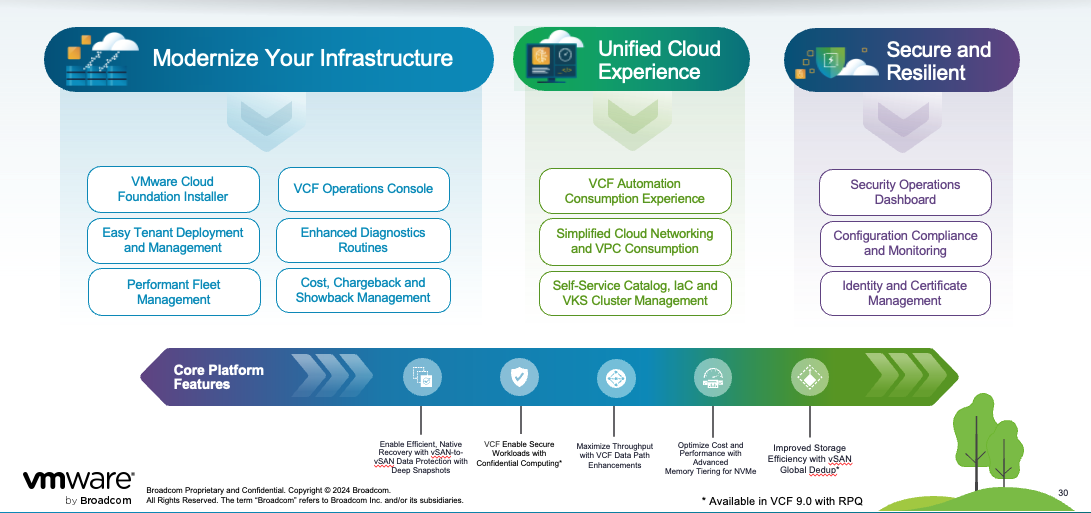It’s been nearly a year since Broadcom completed its acquisition of VMware, time enough to understand the impact of a deal that disrupted and challenged VMware customers and partners alike—challenges that continue even today. While much of the discussion about VMware focuses on Broadcom’s pricing and bundling changes, moves that have led to dramatic cost increases for its customers, there’s much more to the story.
While there’s no question that cost is an essential consideration for nearly any project, digital transformation projects require more than just cost-effective terms. Digital transformation demands deploying best-of-breed solutions that can handle the needs of the enterprise over time. Digital transformation is about more than just getting things right for today, after all, but rather building an infrastructure to meet the long-term needs of the business. There was a time when VMware delivered to those needs, but, under Broadcom’s stewardship, it’s failing to deliver.
Innovative enterprises look at the changes Broadcom forced onto the market as motivation to move forward with their application and infrastructure modernization programs. This allows those organizations to diversify their infrastructure while advancing their digital transformation strategy, all to increase their business efficiency while reducing the overall spend for the underlying infrastructure.
Cloud-native technologies drive application modernization. Enterprise workloads often span multiple clouds. At the same time, AI-accelerated infrastructure is being introduced into the enterprise, while edge computing brings insights directly into where data is generated and where the end customer often lives. Virtualization alone doesn’t solve these challenges; enterprises that previously relied on VMware are now forced to reconsider their foundational platforms.
Customers who want a hypervisor for virtualization have a multitude of open-source options. In the cloud-native world, you can go to Red Hat for your OpenShift needs or use a cloud provider’s integrated tools. Every OEM claims to solve the edge problem, and there are as many AI solutions vendors as customers. While Broadcom’s VMware offering has elements that touch each, its focus remains on managing virtualized environments across on-prem and cloud estates. Broadcom is servicing the present, not looking toward the future.
Managing a diverse set of solutions comes with its unique challenges. Your OpenShift provider, for example, likely won’t help you deploy AI at the edge or manage a multi-cloud estate. Delivering each function while giving IT administrators a point to control requires a different class of technology partners.
Nutanix is a prime example of a company that sits at the forefront of helping enterprises embrace the next wave of AI-driven digital transformation while managing the complexities of today’s multi- and hybrid-cloud IT infrastructure. Nutanix enables IT organizations to deploy the right underlying technology for a given workload, whether virtualization or Kubernetes, cloud or on-prem, all implemented within a holistic architecture managed from a single-pane-of-glass. Nutanix brings simplicity and cost-effectiveness to an otherwise complex infrastructure. That’s powerful.
Moreover, Nutanix stands out by allowing organizations to seamlessly integrate AI and machine learning workflows, scale across multi-cloud environments, and support the hybrid nature of modern enterprise workloads. In this context, Nutanix and similar modern platforms become not just a replacement for VMware but a step toward a more agile, future-proof infrastructure. The future of digital transformation is rapidly moving beyond just virtualization and embracing the broader, more dynamic possibilities of AI, edge, and multi-cloud ecosystems.
It’s clear that enterprises looking for long-term digital transformation success must think beyond VMware’s traditional virtualization-centric approach. The next wave of transformation will be driven by AI, cloud-native services, and solutions that offer flexibility, cost-effectiveness, and a modern approach to managing complex infrastructure needs. Nutanix, with its focus on simplicity and innovation, is well-positioned to lead this charge.





